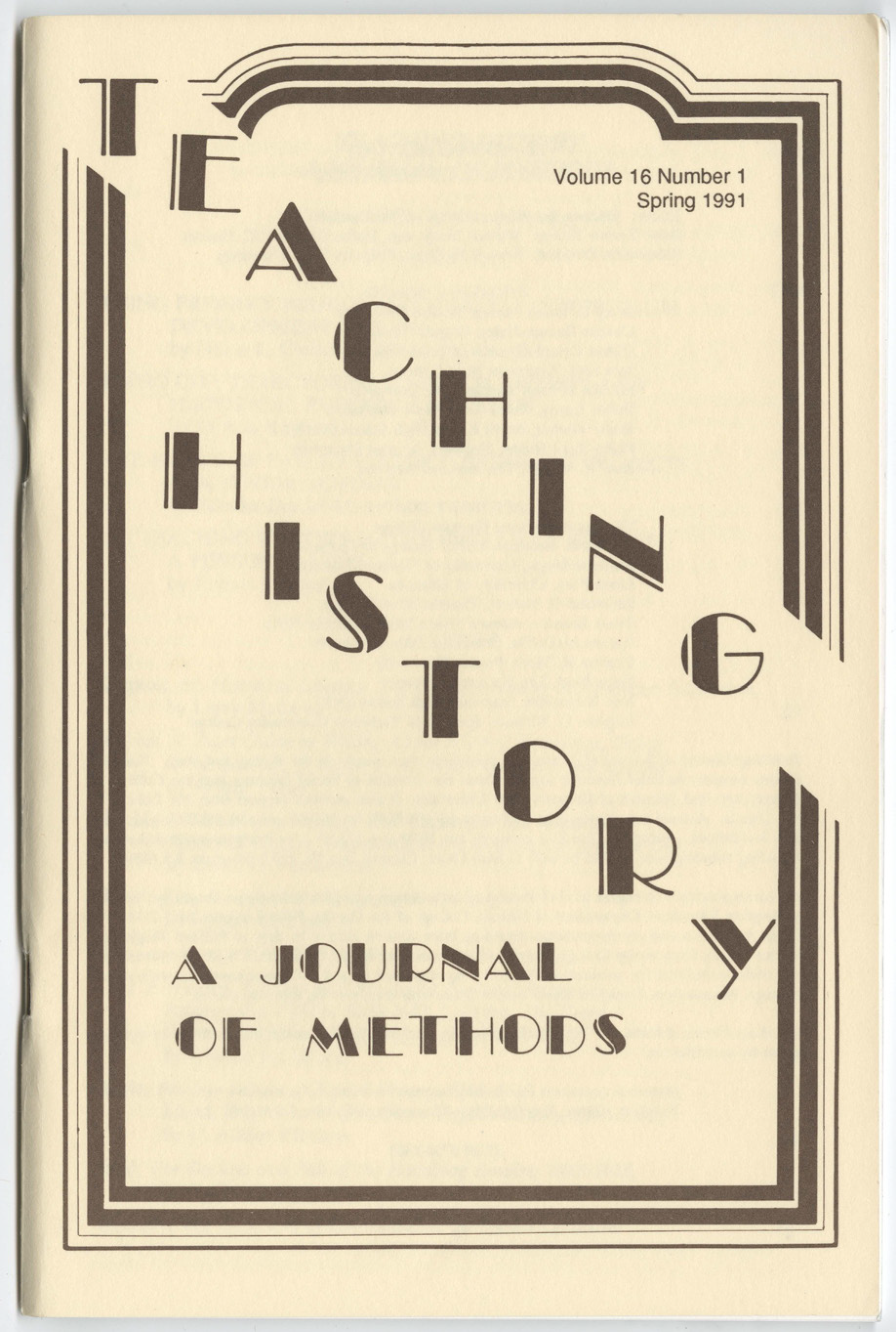Miller, Frederick Douglass and the Fight for Freedom
DOI:
https://doi.org/10.33043/TH.16.1.52-53Abstract
Frederick Douglass, the extraordinary nineteenth-century black leader, is the subject of this lifeand-times treatment in this entry in the Makers of America Series. The series is edited by John Anthony Scott. A statement about the series on the book's jacket claims that it is targeted for young adults and general readers, and a reading of the text confirms this claim. The reading level is appropriate for college undergraduates and advanced secondary students, and the book would work as an assigned reading for a class. The length is modest and the data and interpretations are not strenuous.
The book opens with Douglass a witness to a beating of his aunt for refusing the sexual advances of her owner. Douglass was then seven years of age, his aunt only eight years older. From that slavery-damning opening, the narrative proceeds to enumerate the many evils and personal affronts associated with slavery in what might be termed a PG rating style if this were a movie. Maybe even a G rating. We read that Douglass was separated from his black mother at an extremely early age and did not know which local white was his father, although he had his suspicions; raised by grandparents and in the company of many cousins, at an appropriate working age he was turned over to his owner to begin his working life; he lived a sheltered life for a time as the companion of a contemporary white until sent to Baltimore while still a young man; he taught himself literacy skills with some assistance at first, but then when it was pointed out that this might make him rebellious, the assistance stopped; he learned the caulker's trade in the shipyards, but experienced discrimination from fellow workers; and he ran away to the North with the assistance of a free black named Anna, whom he later married, and then became the show-case lecturer for the Garrisonian abolitionists.
Downloads
Downloads
Published
How to Cite
Issue
Section
License
Copyright (c) 1991 Archie P. McDonaldBy submitting to Teaching History, the author(s) agree to the terms of the Author Agreement. All authors retain copyrights associated with their article or review contributions. Beginning in 2019, all authors agree to make such contributions available under a Creative Commons Attribution-NonCommercial-NoDerivatives 4.0 International license upon publication.



